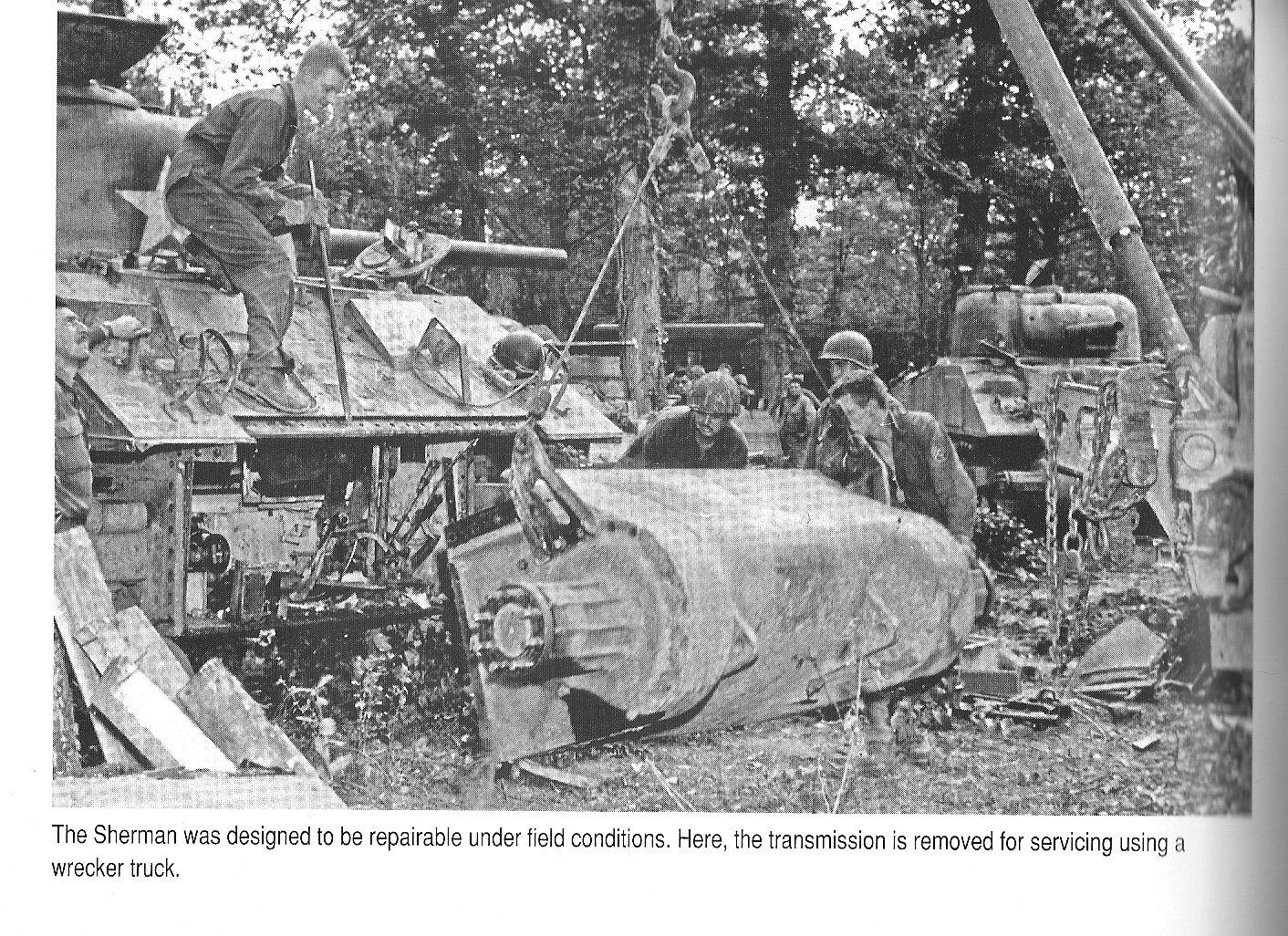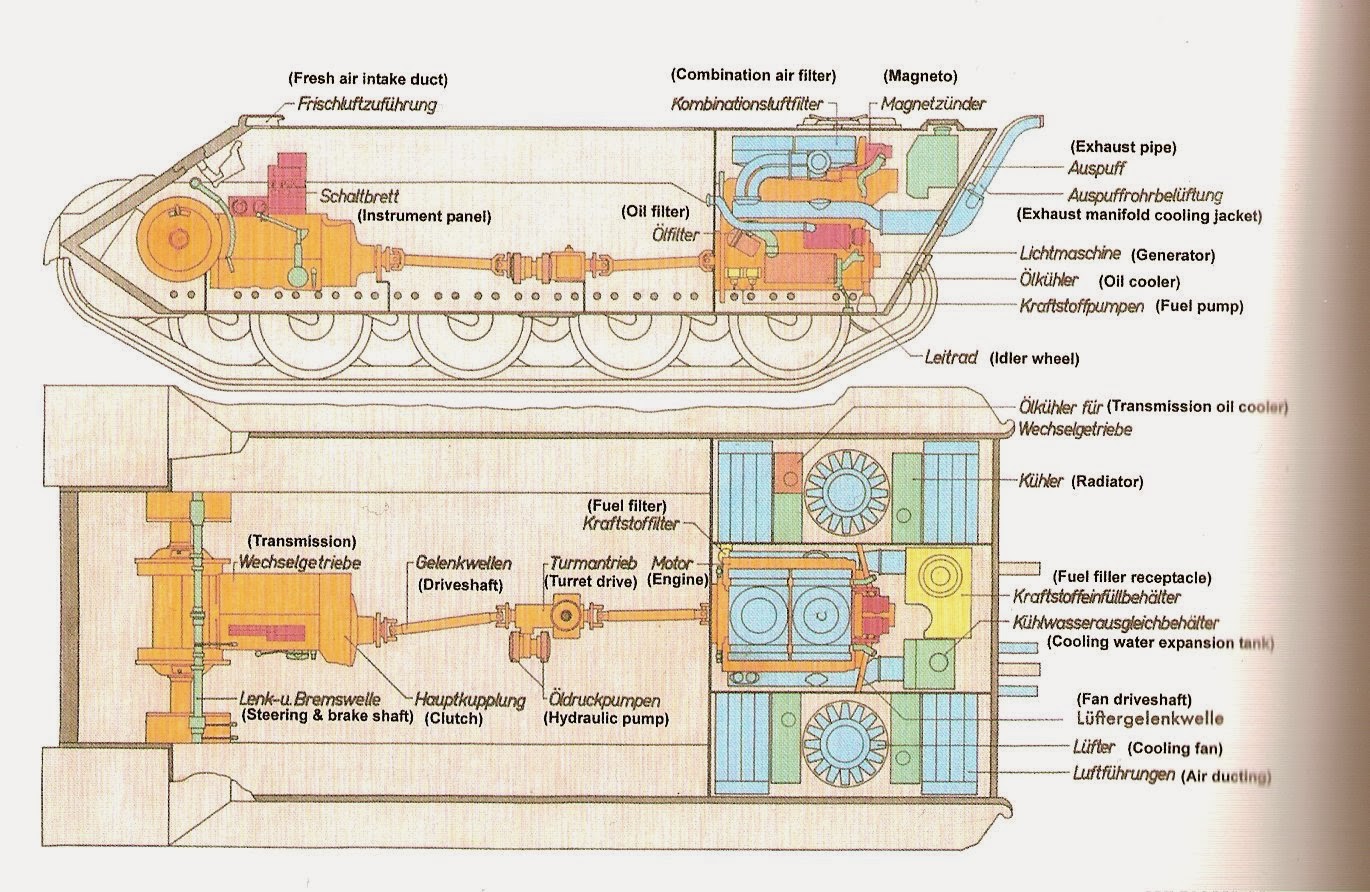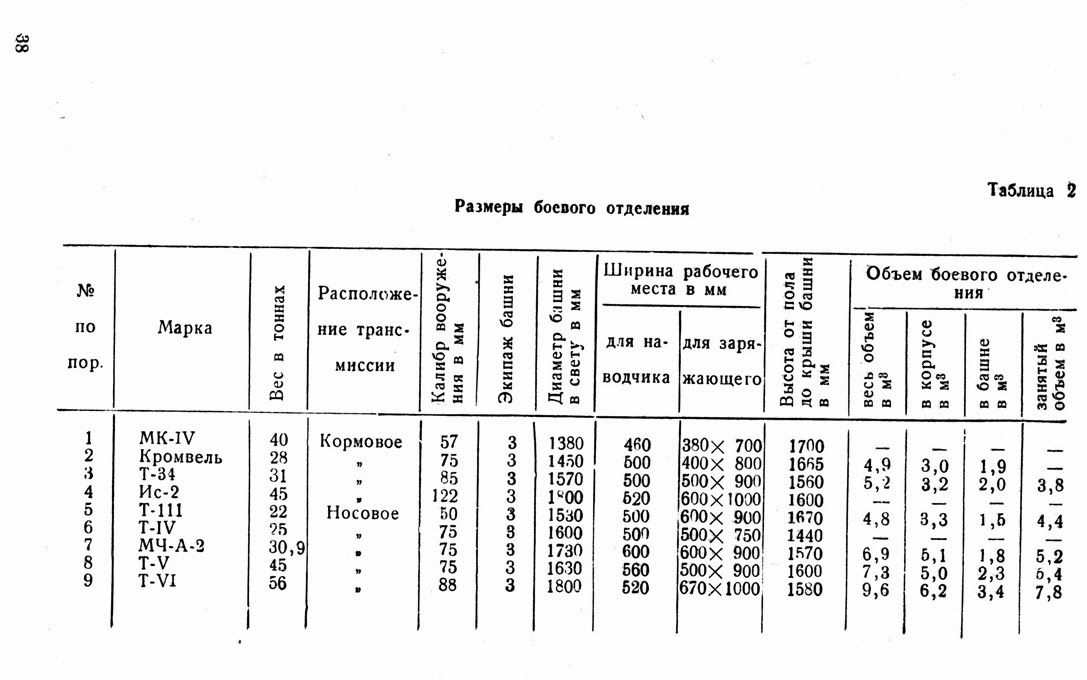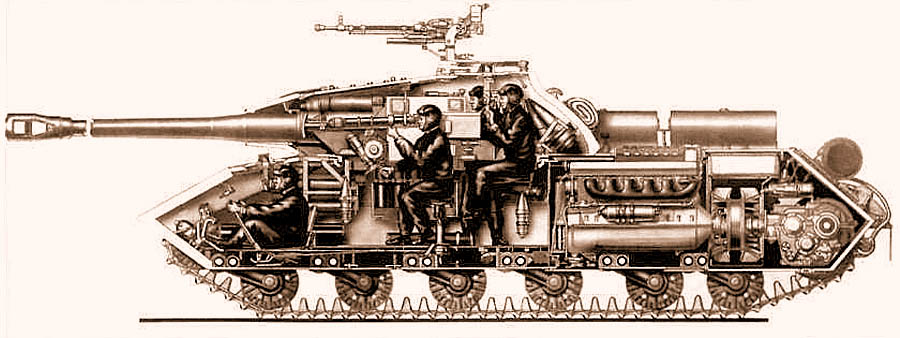Admiral Beez
Banned
You can have a forward positioned gearbox and still be able to swap it out easily in the field, such as this Sherman below.About the "unreliability" of the early (and to some extent also the later) Panther : it was not the drive train but the gear-box itself.
Former "experience" kick in here also. In the early Panzers having the gear box easily available for the crew from inside to "work" or intervene in case of malfunction was an "asset" often used and therefore rendered as such. Ofc, a gear box of 1941 was a completly different beast from what was used in PzKw. I and II, but again: old habits don't die easily.
However, IMO the switch from front to rear drive in german tanks in 1941 wouldn't have made much of a difference on the performance of the german tank forces as well as for the number of available tanks. The perhaps "spared" material might have been used up in producing or "exchange" gear boxes for easier replacement, .





